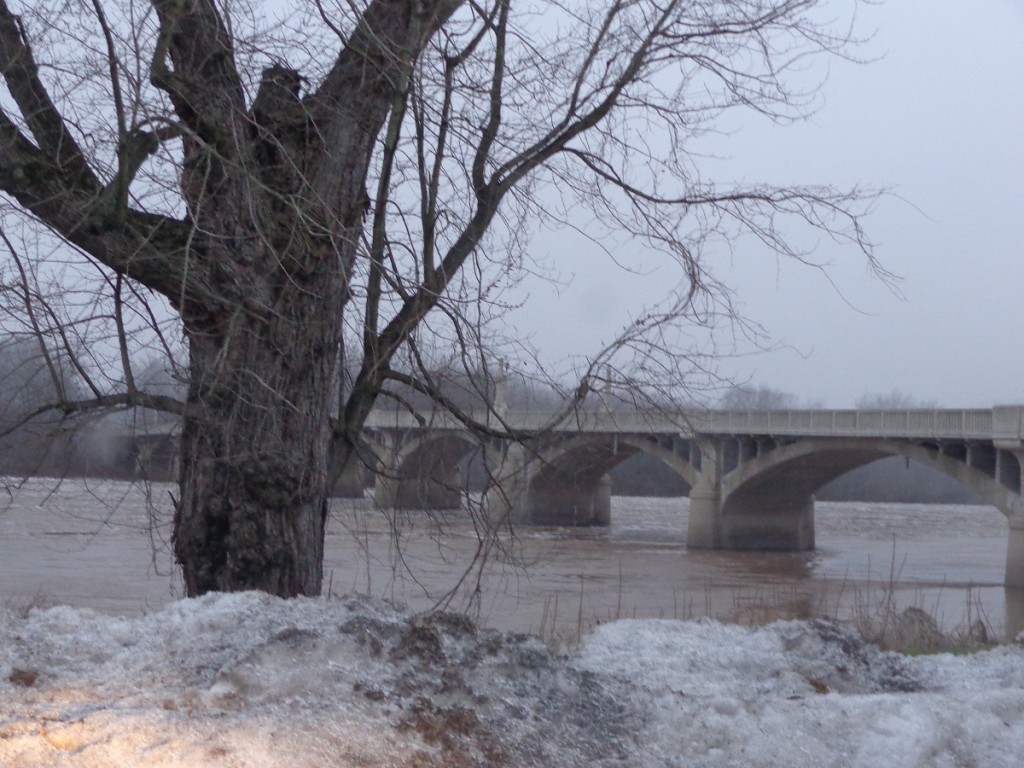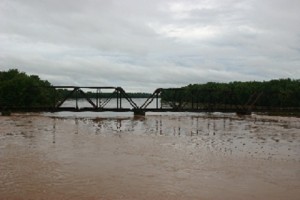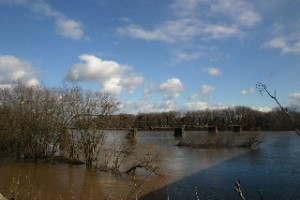The History:
The headwaters of the great Susquehanna River begin in eastern New York State, near Cooperstown in Otsego Lake.
The river flows out of the lake and begins winding southwest into Bradford County in Northern Pennsylvania. It continues changing direction, zigzagging east to west as it continues a southward flow toward central Pennsylvania to meet up with its largest tributary, the “West Branch” of the Susquehanna.
The West Branch flows 250 miles, from Cambria County in western Pennsylvania to the confluence of the two rivers near Sunbury in Northumberland County. It continues south to Harrisburg, the Capital City, where it is almost a mile wide.
The Main Branch travels just under 450 miles by the time it reaches its mouth near Harve de Grace, Maryland. Here it empties into the Chesapeake Bay, contributing 50 percent of the freshwater that enters the bay.
The watershed drains some 27,500 square miles of land, and is the largest river on the East Coast. It is also the 16th largest river in the United States, and one of the oldest, if not the oldest river system in the world. It might even be older than the Appalachian Mountains it now winds through.
The Susquehanna Valley is one of the many valleys that wind throughout the Appalachian Mountains. It is made up of 5 counties: Columbia, Montour, Northumberland, Snyder and Union Counties.
During the late Colonial times, between 1600 and 1776 the Susquehanna became a major transportation route, when anthracite coal was discovered. Today the river is the longest waterway in the country that is not commercially navigable, because of its shallow waterway.
Some of the first settlers were the Native American Tribes known as the Susquehannocks, which means “People of Muddy Waters.” The river runs with a muddy color all year round, and becomes darker brown during heavy flooding. The river has been flooding for hundreds of years and continues to flood today.
The first storm of 1972, Hurricane Agnes, started up the east coast from Florida in June. Halfway up the coast the storm met up with a tropical cyclone, and stalled over Pennsylvania dropping up to 20 inches of rain. The river crested well over 30 feet in the West Branch, flood stage is approximately 18 feet.
The storm devastated the state along the Susquehanna River, and President Nixon declared it a disaster area.
The flood is a personal memory; my family lived on the West Branch of the river just north of the confluence, which is where some of the worst flooding happened.
The river valley is prone to flooding. It runs wide and slow, and in some areas it is forced into narrow banks. During periods of heavy rainfall or ice jams in the spring, the water is forced over the banks and quickly begins spreading out.
Flash floods often take place in the smaller tributaries of the river and can be devastating to people who live along them. These creeks fill quickly and rush toward the river, forcing its water levels to rise.
In late summer (the Dog Days of Summer) the water levels are low enough in some areas that the river can be traversed on foot. I know because one of my oldest memories of the river is walking from one bank to the other with my Dad.
Susquehanna River Sports:
Fishing is a big sport on the river, either fishing from the shoreline or by boat. Growing up on the river I can say, I enjoyed “night fishing”. After a hot summer day; sitting along the river with a lantern burning, a fishing pole, and the sound of bull frogs croaking is the best place to be.
In the main channel and the West Branch, many different types of fish can be caught including:
Small Mouth Bass, Walleye, Catfish, Carp, Muskies, Pickerel, Northern Pike, and Suckers. On occasion trout can be caught, while fishing near the mouth of smaller tributaries to the river. I caught a Northern Pike once in South Creek, miles from the river. Some of the fishing bait I used included: shiners, night crawlers, earthworms, chubs, liver, and hellgrammites (be aware of the pincers).
Other sports on the river include: Canoeing, kayaking, tubing, rafting, swimming, water skiing, and camping.
There are many campgrounds along the way for those of you travelling downstream.




Hi Ang, found this one another good article. How can you remember that far back.
I lived on the river in the summer. The picture with the big bridge is where I swam when I was a kid.
Hi Ang,
Another very good write which brought to mind my recollection of “Agnes” while living on the south side of Penns on Lamey Road near Glen Iron.
Needless to say, one storm like that was enough for me !
Take care and keep all aware of your next publication.
rj
Hi Ron, I remember Agnes too, although I was only 5. I lived near the river and remember the rest of my family lost their homes.
Hey Ang, great to have you back in the “lower 48” for a while. Enjoy reading your articles. I was a little older then you when Agnes hit, but not as old as Del. Ha! I also have many fond memories of “The River”. My Dad and I putting in at Muncy and fishing from the “Gutt” down to the old dam at Montgomery or starting at the Loyalsock and canoeing down to Muncy. Take care.
Another great article! I too have fond memories of the Susquehanna River!
All i can say is another fabulous article! love them all.